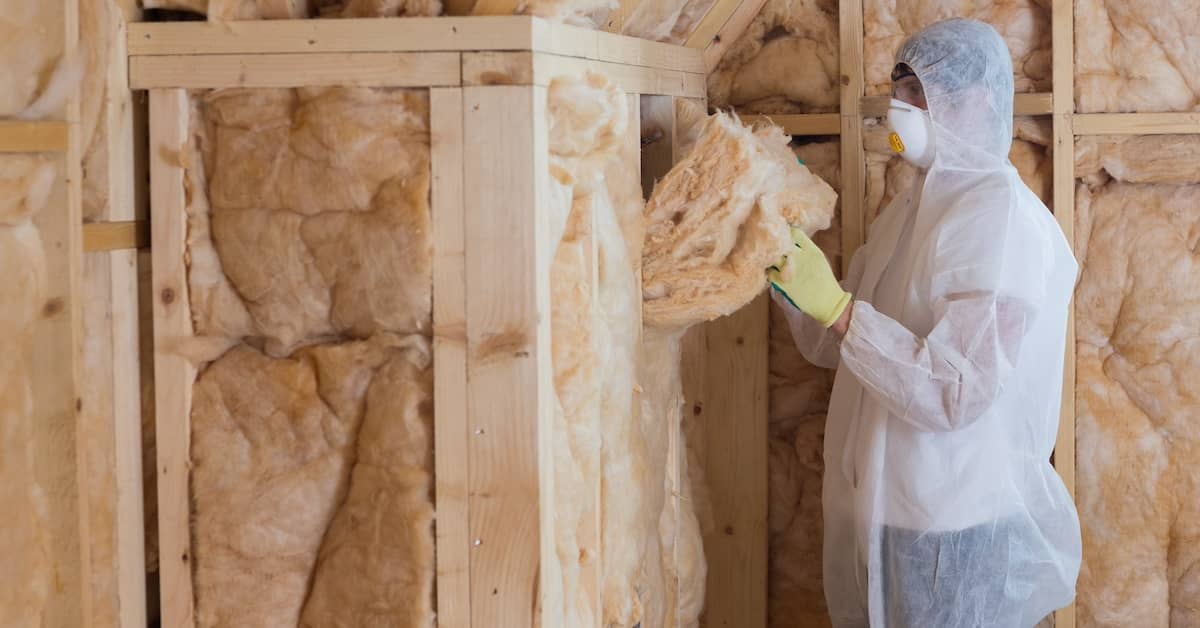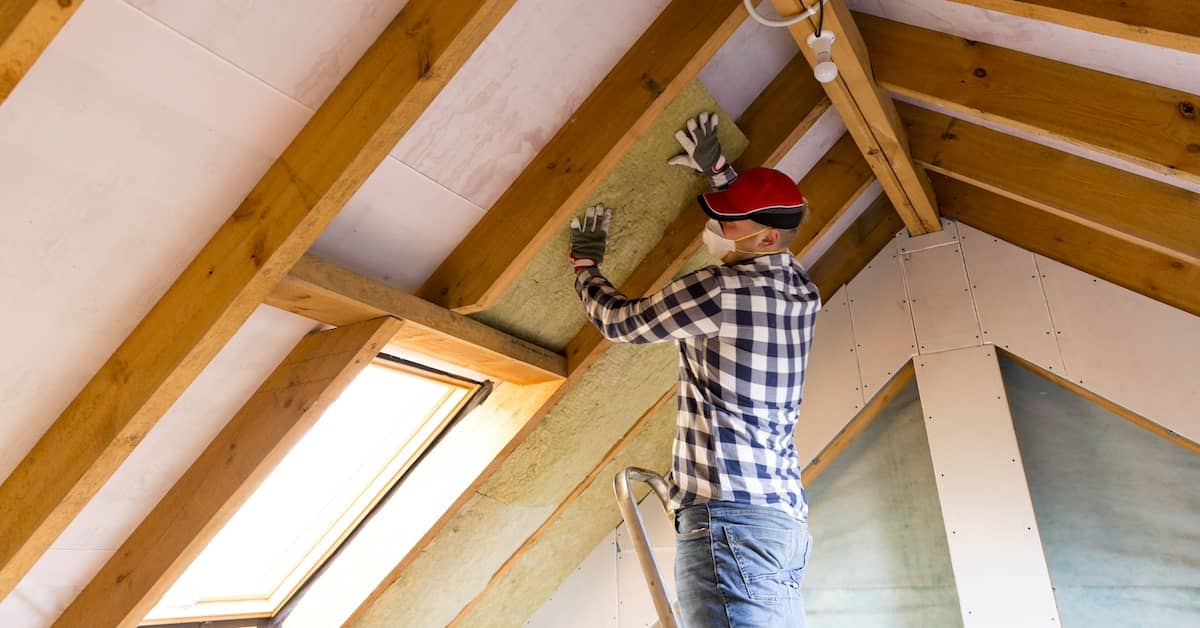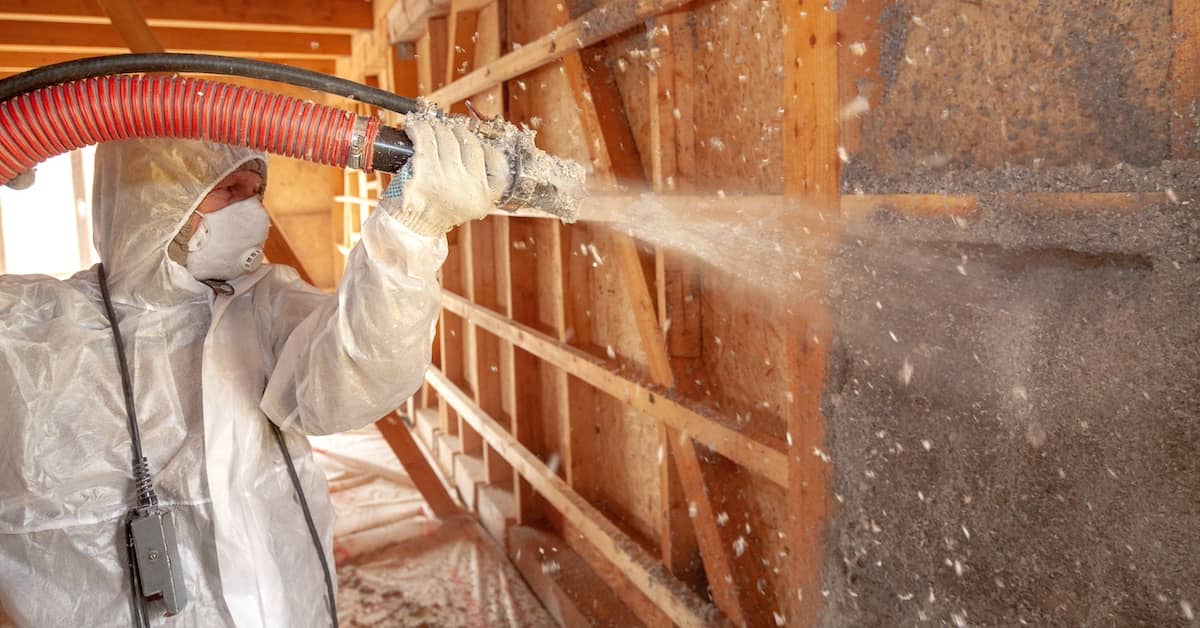
Is It Worth Replacing Insulation?
The decision to replace insulation should only be made after a complete assessment of your home’s energy efficiency. REenergizeCO performs comprehensive energy audits to evaluate insulation performance and help our customers make informed decisions about upgrades to their home insulation.
Effective home insulation is crucial for keeping your house comfortable, reducing energy use, and managing your utility bills. If your insulation is underperforming, you have two options: retrofitting and replacement.
Keep reading for more information on insulation replacement. Or, if you want to find out if it’s time to replace insulation, you can contact REenergizeCO today.
Should I Remove Old Insulation or Just Add More?
In our experience, old insulation can generally be augmented with new insulation. While removal and replacement may be necessary in some cases, this is the exception rather than the rule.
That said, there are situations where replacing insulation is the way to go. You may need to remove and replace insulation if:
- Your insulation has suffered water damage.
- Mold and mildew are growing on or around the insulation.
- You have an insect or rodent infestation and the pests have taken up residence in the insulation.
- The insulation is very old and showing signs of wear and tear.
- Issues such as high energy bills and uneven temperatures persist despite prior insulation upgrades.
Read More: When to Replace Your Home Insulation
Does New Insulation Make a Difference?
New insulation can make a huge difference in your utility bills. According to ENERGY STAR:
“…homeowners can save an average of 15% on heating and cooling costs (or an average of 11% on total energy costs) by air sealing their homes and adding insulation in attics, floors over crawl spaces and basements.”
Other benefits of new insulation include:
- Better regulation of temperatures inside the home
- Reduced workload for heating and cooling appliances, which can prolong the life of your HVAC system
- Enhanced indoor air quality
- Some reduction in noise
- Environmental benefits (new insulation contributes to sustainability)
Multiple factors need to be considered when weighing the decision to replace insulation or simply “top it off.” Cost savings is one major consideration.
Experts at REenergizeCO can help you determine how insulation upgrades can fit within your budget, as well as the benefits of adding or replacing insulation. Generally, our customers believe that professional insulation improvements are worth it from a cost standpoint. They also find that the enhanced comfort and efficiency of the home make investing in new insulation worthwhile.
How Often Should Insulation Be Replaced?
This is a loaded question. Home insulation doesn’t have an “expiration date,” and the material doesn’t “go bad” after a certain number of years have passed. Ultimately, the condition of the insulation and its performance are more important factors than age when deciding whether to upgrade or replace insulation.
However, home insulation will not last forever. Issues such as wear and tear, settling, and temperature fluctuations can reduce effectiveness over time. While there is no definitive rule for when insulation needs to be replaced, it is important to be aware of how the passage of time can affect the material.
Below are some of the common questions we receive about when to replace insulation:
Should I Replace 20-Year-Old Insulation?
Fiberglass insulation is the most common type of home insulation on the market. You may find information online saying that fiberglass insulation needs to be replaced every 15–20 years, but we disagree with this recommendation.
In reality, fiberglass insulation (whether batts, rolls, or blown-in) is very long-lasting. Under ideal conditions, it can insulate a home for 80–100 years. However, it is worth checking the quality and efficiency of the insulation at the 15- to 20-year mark.
Read More: How Long Does Fiberglass Insulation Last?
Cellulose insulation should also be evaluated 15 to 20 years after installation. This type of insulation doesn’t tend to last as long, so it may need to be replaced sooner than other materials.
Should I Replace 30-Year-Old Insulation?
Homes built 30 years ago were often constructed with speed rather than efficiency in mind. Amid the massive growth of subdivisions in the 1980s and ‘90s, the goal was to keep up with demand.
Longevity was not the builders’ goal when installing insulation in these homes. Appliances were also less efficient than they are now.
Upgrading the insulation is a good way to improve efficiency in a 30-year-old home. But first, a home energy audit should be performed to determine the condition of the current insulation and whether replacement is needed.
Should I Replace 40-Year-Old Insulation?
From the mid-1970s to the mid-’80s, insulation finally became commonplace in new home construction. However, the insulation used half a century ago isn’t the same quality as what we have today.
It may be possible to combine new and existing insulation in a home that is 40 years old. However, the condition of the original insulation must be carefully assessed before moving forward with retrofit applications.
Should I Replace 50-Year-Old Insulation?
The median age of a home in Denver, Colorado, is 50 years old, so this is becoming an increasingly important question. As we mentioned above, most types of insulation can last for decades in ideal circumstances. Unfortunately, the majority of homes built 50 years ago were not insulated at all.
It is important to be aware of these insulation issues if your home is 50+ years old. Replacement (or new installation) may be necessary if your home is drafty, if you have high utility bills, etc.
Need to Improve or Replace Your Insulation?
REenergizeCO is a top-rated insulation company serving Denver, Fort Collins, and the Colorado Front Range. We are committed to helping homeowners maximize energy savings and efficiency through insulation upgrades and other professional solutions.
At REenergizeCO, we often recommend spray foam insulation to fill uninsulated areas or replace insulation that had to be removed. We also install fiberglass and cellulose insulation.
"*" indicates required fields


